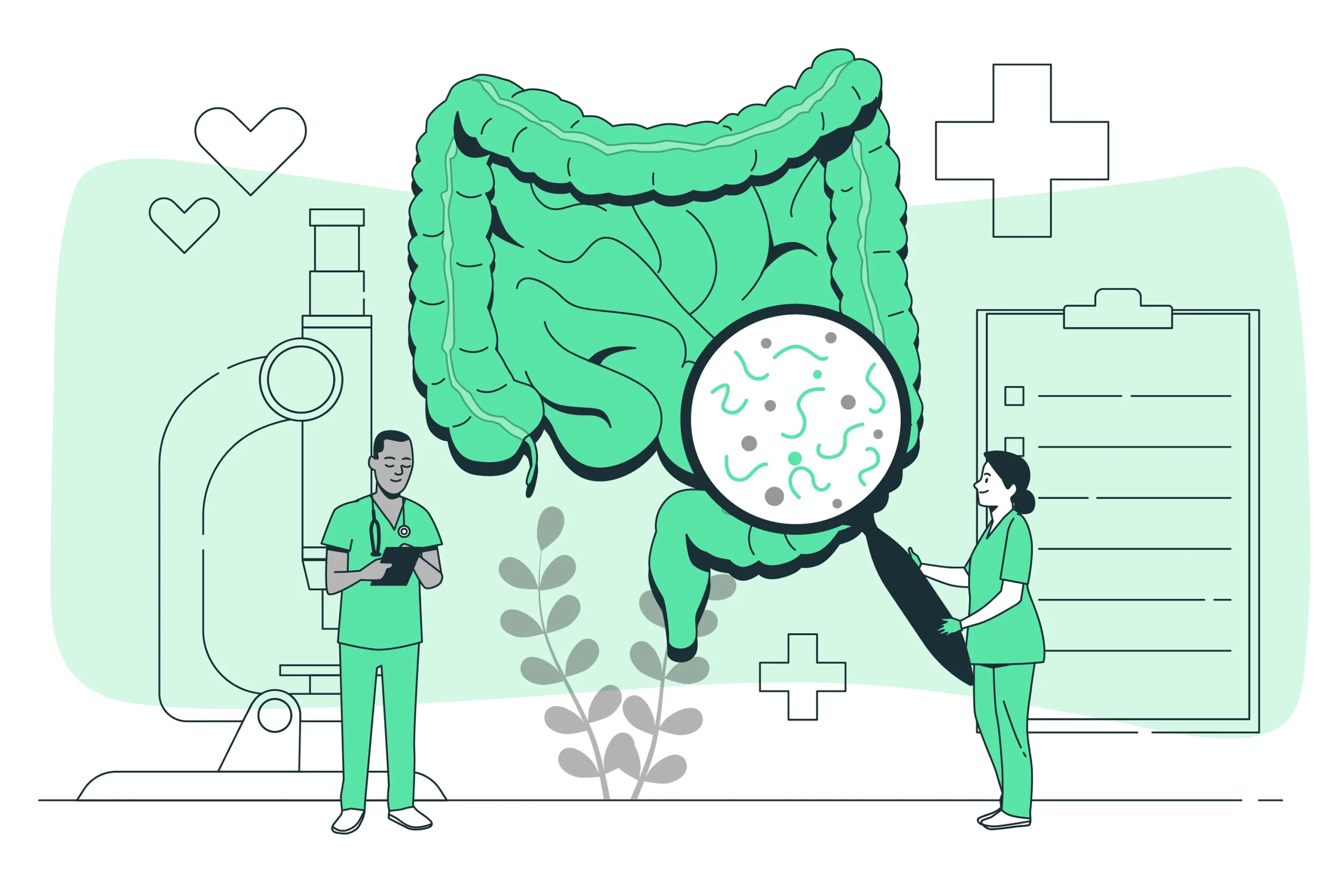In a groundbreaking study published on March 30, 2024, in the journal Gene, researchers from Hainan University’s School of Tropical Agriculture and Forestry have unveiled the developmental shifts in gut microbiota and associated metabolites in Hainan Tunchang pigs at different growth stages. This comprehensive analysis, which utilizes 16S rRNA gene sequencing and untargeted metabolomics, shines a light on the integral role of gut microorganisms and their byproducts in swine development and offers potential pathways to enhance pig growth performance and efficiency.
The study, authored by Zhen Tan, Jie Li, Yingzhi He, Feifan Wang, and Qian Xiao, presents significant findings about the characteristic changes in dominant bacterial populations within the gut as pigs mature, as well as the effects of these changes on the animals’ metabolic profiles. To fully explore these dynamic alterations, the researchers collected fecal microbiota samples from Hainan Tunchang pigs at various developmental stages.
Their results underscored a notable increase in the relative proportions of Firmicutes and Spirochaetes—two dominant bacterial phyla—whereas populations of Bacteroidetes and Proteobacteria showed a decreasing trend with the pigs’ growth. This shift points to a complex relationship between an animal’s age and its gut microbiome, with implications for nutrition metabolism and immune system requirements at different physiological states.
The researchers went on to identify statistically significant microbial and metabolic biomarkers that varied across the growth stages, lending valuable insights into the development of local pig breeds. Through rigorous correlation analysis, it was discovered that networks formed between differential bacteria and their related metabolites differ across developmental stages. For instance, bacterial genera such as Holdemanella, Sharpea, Subdoligranulum, and uncultured_bacterium_o_Bacteroidales were found to be enriched between preweaning piglets and weaning piglets, exhibiting positive correlations with related metabolites.
The study also highlighted the importance of short-chain fatty acids, which had significant relationships with the differential bacteria in the piglets’ guts. These acids play a crucial role in maintaining gut health, showcasing the intricate connections between diet, gut microbiota, and the overall well-being of the pigs.
Professor Tan Zhen, the lead author of the study, underscored the significance of their findings, stating, “Understanding the complex interactions between gut microbes and their metabolites at different development stages of pigs holds the key to unlocking improvements in animal growth performance. By tailoring our approach to support these microbial communities, we can promote better health and efficiency in pig farming practices.”
Copyright © 2024 Elsevier B.V. All rights reserved. The original research article can be found at DOI: 10.1016/j.gene.2024.148161. The study is notable not only for its invaluable addition to the field of animal genetics and microbiome but also for its implications in agricultural practices and animal husbandry.
References
1. Tan Zhen, Li Jie, He Yingzhi, Wang Feifan, Xiao Qian. (2024). Characteristics of gut microbiota and metabolomic of Hainan Tunchang pigs at various growth stages. Gene, 900, 148161. https://doi.org/10.1016/j.gene.2024.148161
2. Flint, H.J., Scott, K.P., Louis, P., & Duncan, S.H. (2012). The role of the gut microbiota in nutrition and health. Nature Reviews Gastroenterology & Hepatology, 9(10), 577–589.
3. Nicholson, J.K., Holmes, E., Kinross, J., Burcelin, R., Gibson, G., Jia, W., & Pettersson, S. (2012). Host-gut microbiota metabolic interactions. Science, 336(6086), 1262–1267.
4. Cani, P.D., & Delzenne, N.M. (2009). The role of the gut microbiota in energy metabolism and metabolic disease. Current Pharmaceutical Design, 15(13), 1546–1558.
5. Qin, J., Li, R., Raes, J., et al. (2010). A human gut microbial gene catalogue established by metagenomic sequencing. Nature, 464(7285), 59–65.
Keywords
1. Gut Microbiota Development
2. Metabolomic Changes Pigs
3 Hainan Tunchang Pig Growth
4. Swine Gut Microbiome Study
5. Pig Developmental Metabolomics
This elaborate article not only emphasizes recent findings in the field of gut microbiome research but also showcases the essential interaction between microorganisms and the development of livestock, providing valuable insights for farmers and scientists alike. It reflects the far-reaching implications of such studies, both in agriculture and in understanding the complex host-microbe interactions at play within animal physiology.
